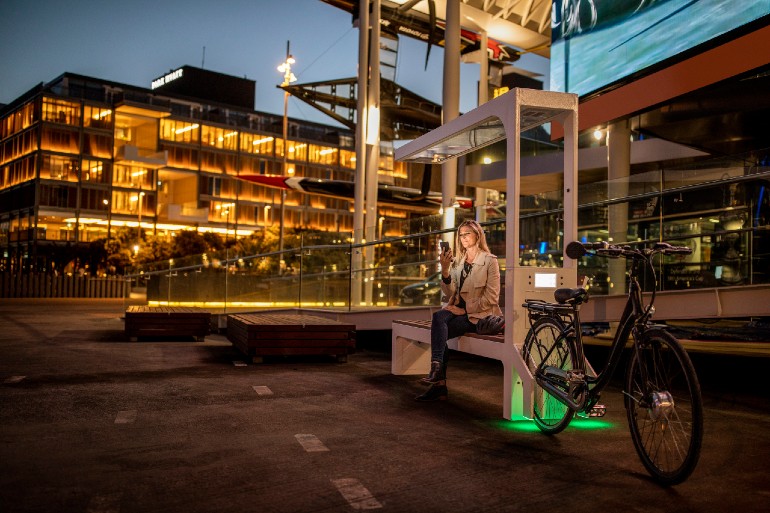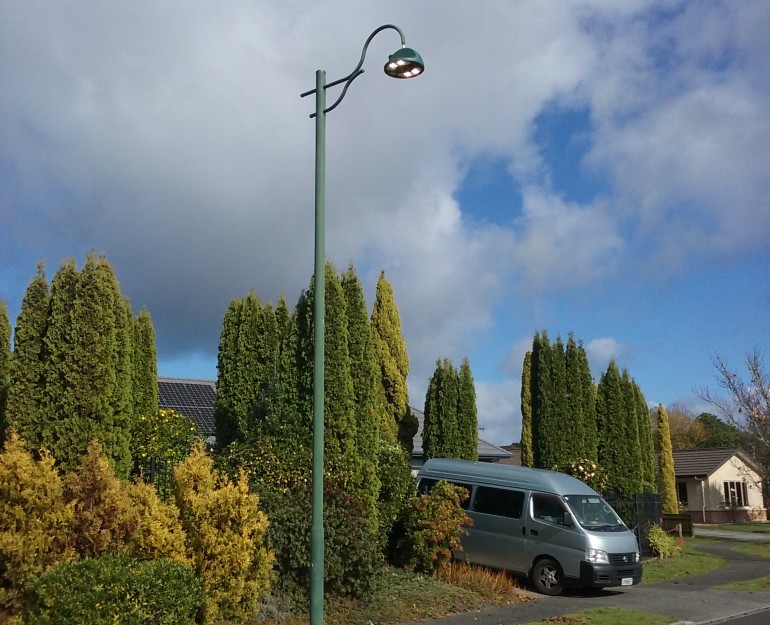By Claus Oustrup, director and co-founder, NB SmartCities NZ.
The Transport Agency is encouraging road controlling authorities (RCAs) to transition to LED lights, if they haven’t already, by offering funding assistance.
LED lighting for councils is funded through the funding assistance rate (FAR), which is as much as 85 percent of the total cost of activity to be paid from the National Land Transport Fund (NLTF).
As such, many councils have adopted the generous funding scheme offered by NZTA (deadline of 31 June, 2021) and converted nearly all local Cat V and Cat P streetlights across the networks.
What has typically been left behind are the various Cat P and Cat V decorative lighting assets. Creative urban designers and private developers have handed over streetlight assets of a variable nature to councils over the years.
These decorative streetlight assets vary a lot in terms of design and technical specification. This makes them increasingly harder to maintain over the life span of the asset. With a variety of spare parts and based on old incandescent technology these streetlights become a liability for both councils and their rate payers.
The Hamilton Council, with the help of Downer under the The Infrastructure Alliance, was the first RCA to upgrade its fleet of Cat P and Cat V lights of a decorative nature. With nearly 2000 units made up of a mix of colours and a variety of connections from pendant, park, top and side mounted streetlights – this was a challenge from the outset.
The Hamiltonian Infrastructure Alliance successfully achieved NZTA funding through identifying short, and long term, setting up cost and maintenance for 2000 units of decorative Cat P and Cat V street lights. This involved a thorough technical due diligence process that involved local community groups, social media feedback campaigns, direct mail and technical feedback from the selected maintenance contractor.
It turns out that local residents have strong feelings about the urban design and the decorative light poles, and the research team also found that the community had a strong preference of for improved lighting on their streets, particularly in regards to safety at night.
The Infrastructure Alliance decided on a modular street light concept where a single light head matched all of the 2000 existing variable decorative poles.
Through this design Hamiltonians were the first Kiwis to enjoy better and safer, lower maintenance and power costs, and environmentally friendly lighting with LED, including the decorative streetlights.
“We are now saving approximately 50 percent of our variable energy bill and reduced the cost of Maintenance significantly,” says Shaun Peterson, Operations manager, Infrastructure Alliance.
“Residents enjoy the improved lighting in their favourite street, not only Road Safety but personal safety.”
Future proofing is an important factor when it comes to infrastructure upgrades and the decorative streetlights chosen by the Infrastructure Alliance are identical to the ones adopted by Spark and Auckland Transport in at Auckland’s Wynyard Quarter as part of a pilot to explore the potential of Internet of Things connected public infrastructure.
Streetlights are useful assets when it comes to cost effective connectivity and sensor deployments as they can act as excellent hosts for other hardware.

As seen in at Spark and Auckland Transport’s 5G Innovation Precinct, the GYRO streetlights are not only able to retrofit to nearly all pole designs, but these streetlights can also host 5G modems, CCTV, WiFi and a variety of other IoT sensors.
Again, a conscious design that shapes the future and declutters the urban design landscape. This is an excellent example of the simple but logical steps a Council can take to increase safety, lower rates and enhance technology, whilst keeping the decorative elements so enjoyed by our communities.



